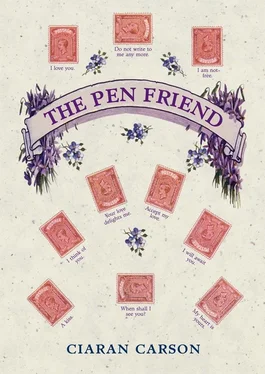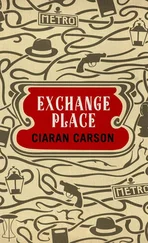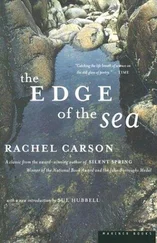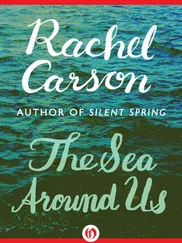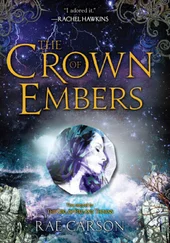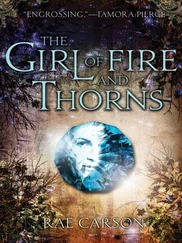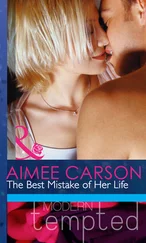Then in 1944 Vogue, Brogue that is, make her their official war correspondent, they send her to France to cover the period after D-Day. She photographs Saint-Malo being bombed, and the rubble of the aftermath, tall chimneys standing alone giving off smoke from the burning remnants of their buildings at their feet. She’s the only woman war correspondent in Paris when it’s liberated, what must it have been like? you said. I used to put myself in her shoes, the long graceful avenues crowded with flags, girls, bicycles, kisses and wine, and around the corner sniping, a bursting grenade and a burning tank, the bullet-holes in the windows like jewels, the barbed wire strung like decorations in the boulevards, urchins playing in the wrecked German war machines. And the smell has changed, it used to be a combination of patchouli, urinals and the castor oil burned by motorcycles. Now it’s air and perfume wafting across a square or an avenue, and everywhere the dazzling girls, cycling, climbing up tank turrets — full floating skirts and tiny waistlines — the GIs gawping, they think their dreams of wild women in Paris have come true, the girls in high wedge-heeled platform shoes and pompadour hairstyles, blowing kisses everywhere. And whenever I’m in Paris I imagine I see it through Lee Miller’s eyes, I see photographs on every street, I think my eye is a camera, and I have only to blink to capture it, you said. Which one? I said. Which one? you said. Which eye? I said. This one, you said. And you winked at me with your amber-flecked eye.
I was interrupted just now by the postman ringing the doorbell. This was not the letter post, which brings your postcards, and sometimes pens, if they’re in sufficiently small packages, but the parcel post, which comes later. The postman had a package for me to sign for, a substantial cardboard box typical of meticulously responsible eBay sellers, which contained, I knew from the sender’s New York address, just one pen. I signed for the package and brought into the kitchen, where I slit it open with a chef’s knife. Inside, cocooned in bubble-wrap surrounded by crumpled newspaper, was the pen, described by the eBay seller as a Conway Stewart Duro in Golden Pearl Basket Weave laminated plastic. The pattern is also known as Tiger’s Eye, but it’s very different to the Tiger’s Eye of the Onoto I used in an earlier letter. To be finicky about it, I knew in advance that this was not a Duro pen: from its eBay photograph I knew it to be a Conway Stewart 58, made in the early 1950s, and not, like a Duro, in the early 1940s: the seller had been misled by the fact that 58s usually come, as this one does, with a Duro nib. But 58 is clearly marked on the barrel. No matter: it is a beautiful pen, in near mint condition. The laminated body twinkles and glows with deep ambers and golden browns, like spiral-twist, translucent toffee, when I revolve it in the light. I filled it from a bottle of Conway Stewart black ink, tried it out by writing my name and address on a piece of scrap paper, and found that it wrote beautifully, with a confident wet firm line. So I’m laying down these words on the page with it now, delighting in the feel of a new instrument.
I was about to throw the packaging in the bin when a headline word in the crumpled newspaper caught my eye: GUNMAN, it said. I smoothed it out on the kitchen table. CHURCH GUNMAN, it read in total, there must be more, I thought, and then I realised that this must be one half of a double-page spread; the other half was missing. The newspaper was the New York Post of 18th July 2005, last Monday. ‘Many cops rely on St Michael the Archangel, the patron saint of police officers, for protection, but Dominick Romano and his NYPD colleagues have also a back-up — their bullet-resistant vests. Romano was shot nine times in the back by a crazed gunman — and eight of the buckshot pellets were stopped by his bulletproof vest’, one paragraph read. And the story, which I pieced together from the newspaper account and a little research on the Internet, went more or less as follows.
At 2 a.m. on the morning of Sunday, 17th July, a man wielding a spear and a tyre iron — or a sword, or a machete, according to other accounts — was seen attacking the statue of St Anne and the Virgin Mary outside the Roman Catholic church of Saints Joachim and Anne in Queens, New York. The police were called, by which time the man had hacked off the left arms of St Anne and the Virgin Mary, and was now firing at the head of St Anne with a shotgun. The statue was decapitated. As the two police officers, Dominick Romano and David Harris, attempted to apprehend him, he turned the shotgun on them. Romano was grazed on the head and eight pellets were embedded in the back of his bulletproof vest; Harris received five shots in the leg, and suffered a broken femur. A passer-by, Tyrone Murphy, who happened to be a registered nurse, struggled from his car — he was on crutches, following an automobile accident some weeks previously — and applied a tourniquet made from his own T-shirt to Harris’s leg, possibly saving his life. It transpired that the attacker was one Kevin Davey, otherwise known as ‘Gambit’, a 25-year-old New Yorker with a history of psychiatric problems. According to some, he held strong anti-immigration views and had got particularly worked up in the wake of the London underground terrorist bombings the week before. Davey was shot four times by the police officers, in the right arm, shoulder, ankle, and side, and was brought to the nearby Hospital of Mary Immaculate.
His mother told reporters that he was just sick, a good kid with some mental problems. His brother Keith, however, said he understood ‘the logic involved’ in the attack on the police, whom he branded as ‘devilish’ and he spoke with contempt of the ‘white’ statue, which suggested that the Daveys were black, though at first I had presumed it to be an Irish name. It transpired that their father was a subway preacher who had issued a homemade DVD which included rants against the Bush administration, the police, and white people in general. The parishioners were particularly upset because the attack occurred on the first day of a Novena — nine days’ solemn prayer — to St Anne, who is specially revered as the mother of the Virgin Mary; St Joachim, the other dedicatee of the Queens church, is her father, and together they are a holy family, precursors of the Holy Family of Joseph and Mary and Jesus. A poignant photograph in the New York Post showed the parish priest, Monsignor Joseph Malagreca, cradling the decapitated head of St Anne, whose lips and jaw had been shot off. I have this head in my room, he said, I picked it up out of the bushes, and what am I supposed to do with it?
As I read this bizarre account of modern iconoclasm I was reminded of the icon of the Holy Family — a Nativity scene — which I bought when I was with you in Paris, Nina. You remember? We had wandered into the Marais, which at that time was not the fashionable quarter it has recently become. Down a crooked alleyway we found an antique shop, or junk shop. A bell tinkled as we pushed open the door. The proprietor, an old man in his seventies or eighties, gloomily returned our ‘Bonjour, monsieur’. The place was crammed with the usual stuff, moth-eaten Persian rugs, brass kerosene lamps with etched glass chimneys, old tobacco tins, biscuit tins, rickety cane-backed chairs, kitchen implements, wooden printing blocks, scuffed leather-bound books. I lifted a rust-pocked enamel sign for Ricard pastis from a shelf and behind it I discovered the icon: a pocket-sized wooden panel some five inches by four, featuring the Holy Family and the Three Wise Men, done in dark ambers and blue-greens and blacks that seemed to glow in the dark shop interior, the Holy Infant at its centre swathed in a creamy white cocoon of supernatural light. The paint was wrinkled with age, its layers worn away in some areas to reveal the underlying smolt-grey and ochre ground, its three-dimensional quality palpable when I brushed it gently with my fingertips. It exuded mystery, reverence, antiquity. It’s beautiful, I whispered to you. But I hesitated to buy it; I felt there was something immoral in buying icons, pieces which had very probably been looted or stolen from those who held them dear for reasons which had little to do with our modern conceptions of art. And, as if to confirm my unease, the proprietor suddenly said, Not for sale. It is a personal thing, you know? And we began to make some small talk with him.
Читать дальше
